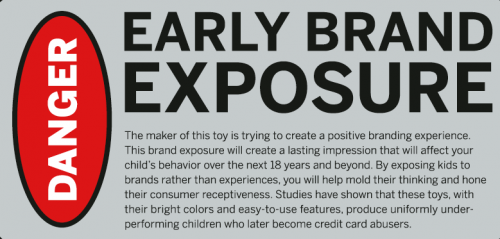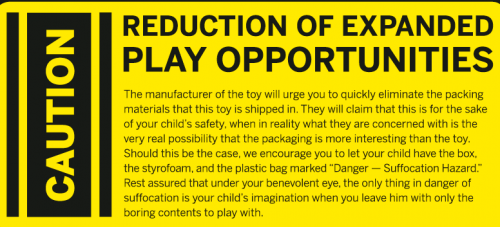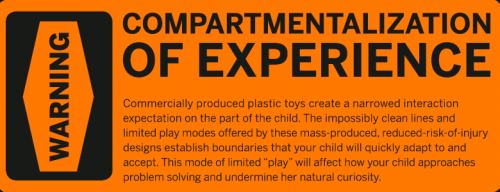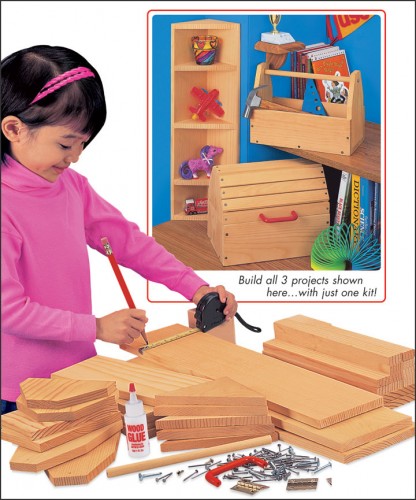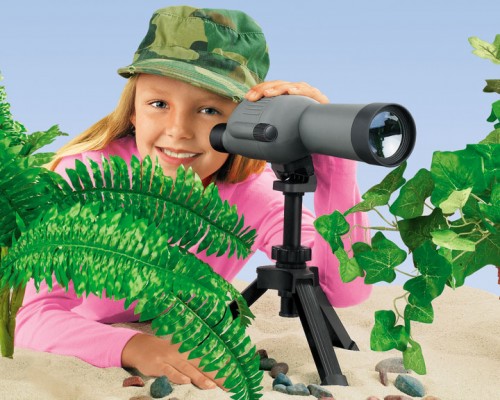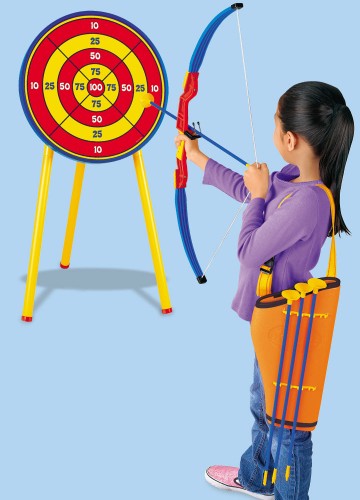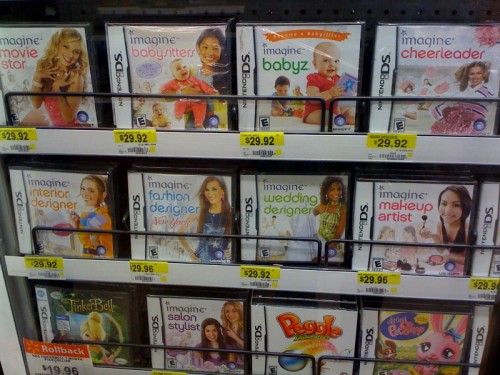Duplo blocks are made by the Lego company. They are like legos, but bigger and chunkier (less swallowable). Like this:
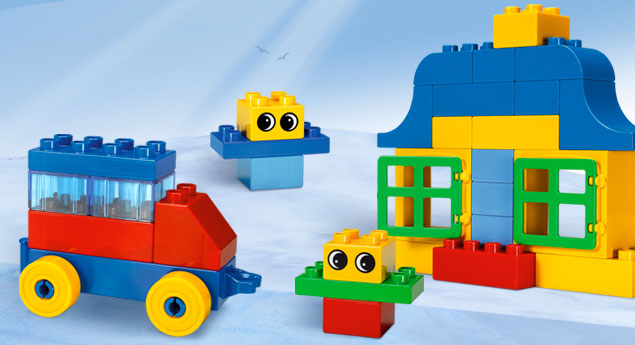
Amanda R. captured this screenshot on the Duplo website:

Apparently, if you’re going to buy Duplos for some little kid, the very most important first piece of most vital information you will ever need before you ever ask anything else is whether or not the kid has a penis or a vagina.
Meanwhile, Elisabeth R. found exactly the same thing at the Toys R Us website:
Lisa Wade, PhD is an Associate Professor at Tulane University. She is the author of American Hookup, a book about college sexual culture; a textbook about gender; and a forthcoming introductory text: Terrible Magnificent Sociology. You can follow her on Twitter and Instagram.

